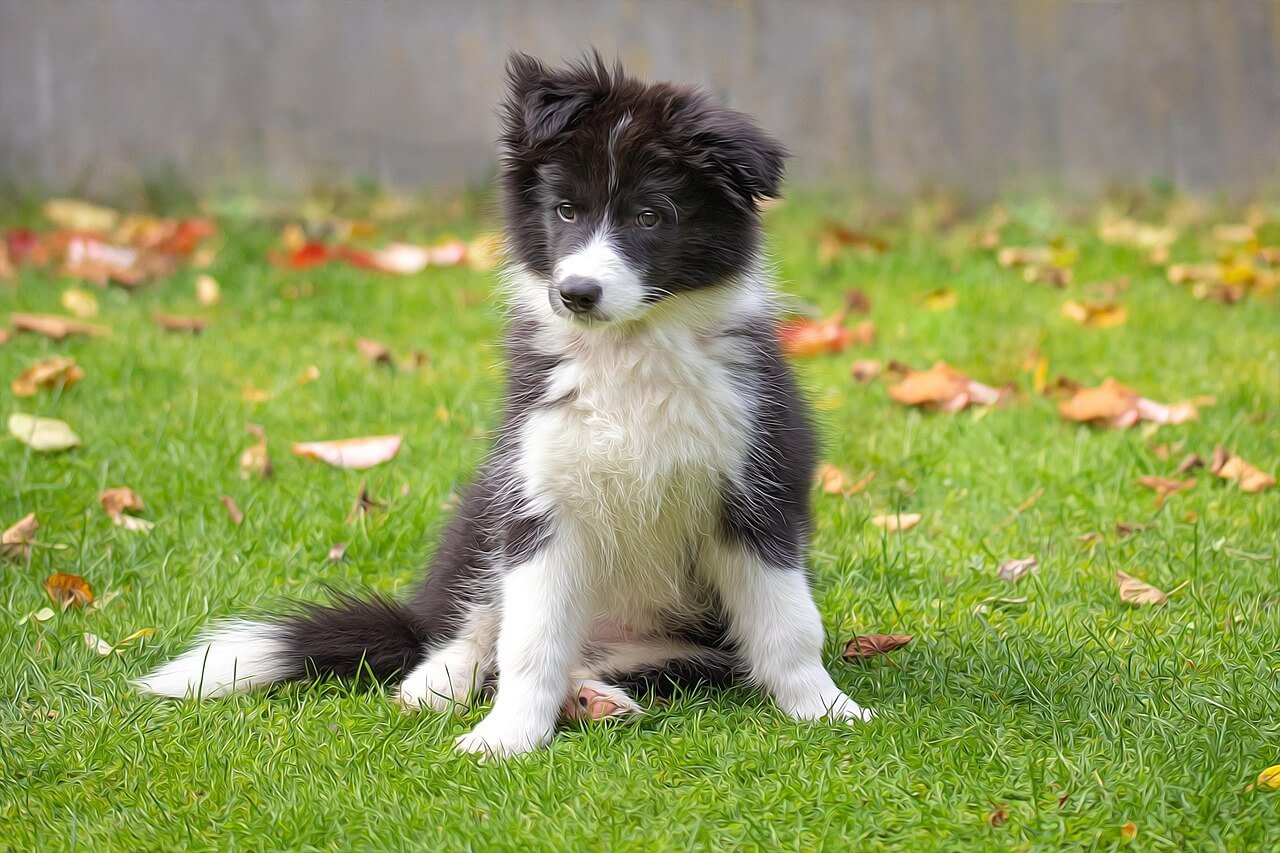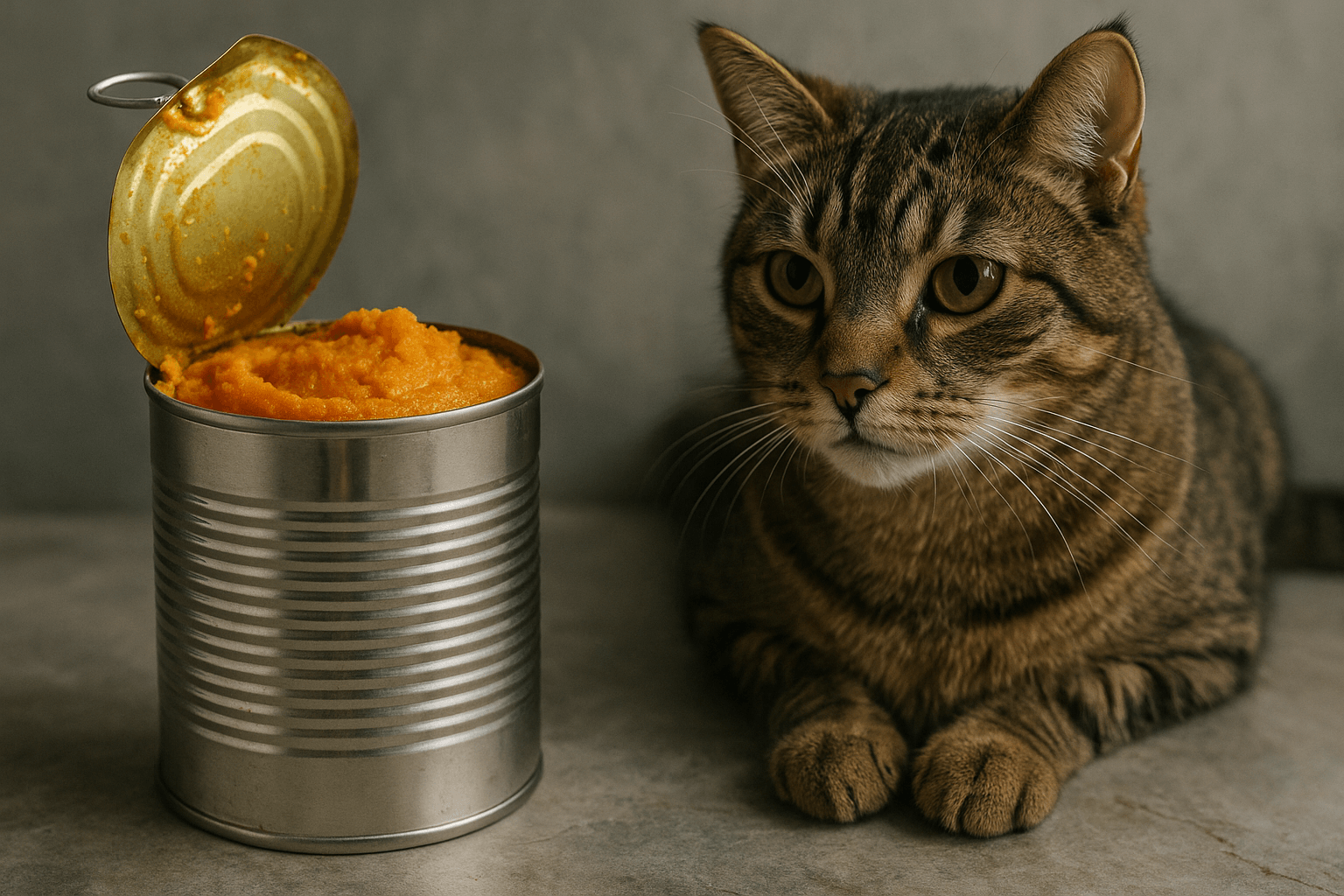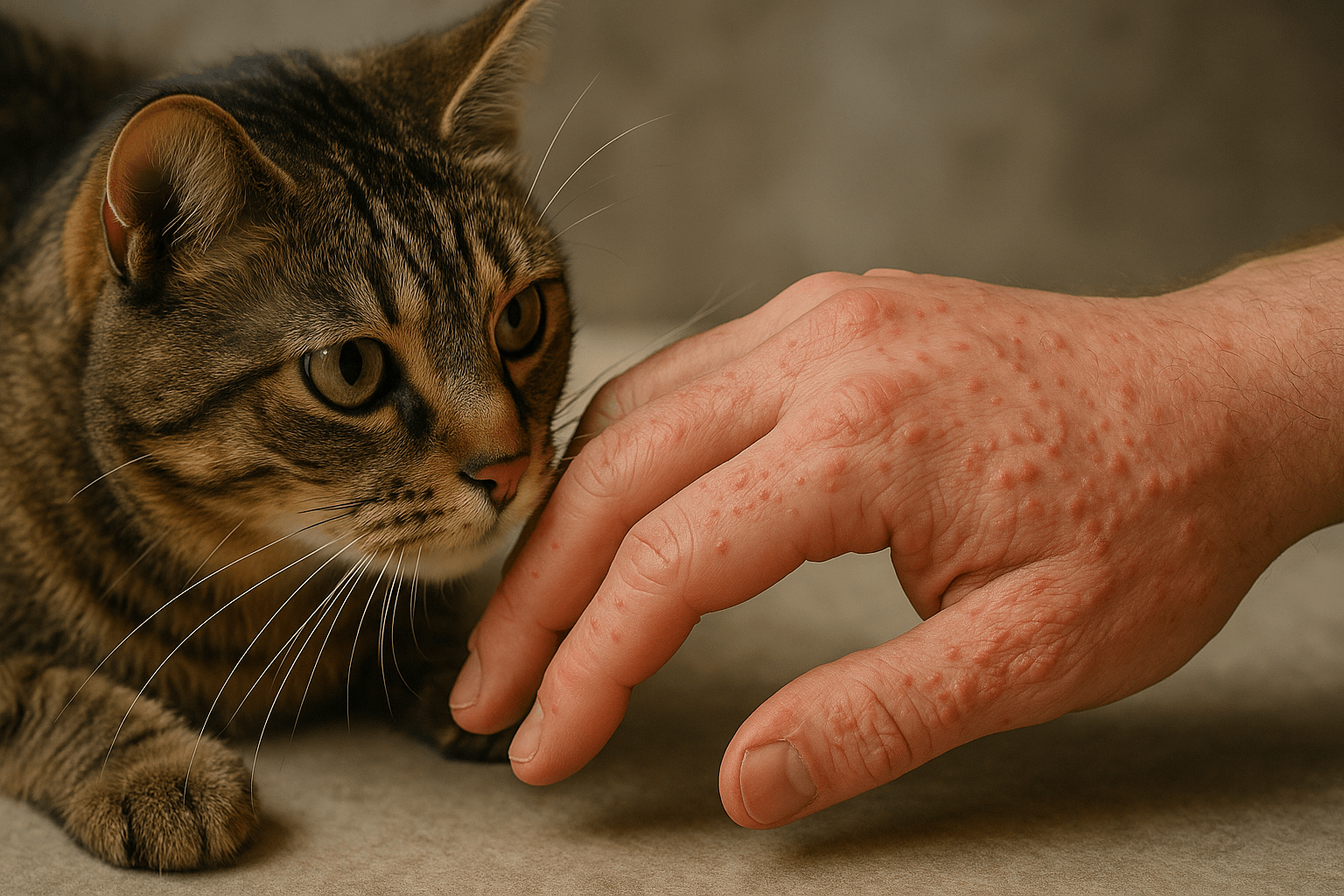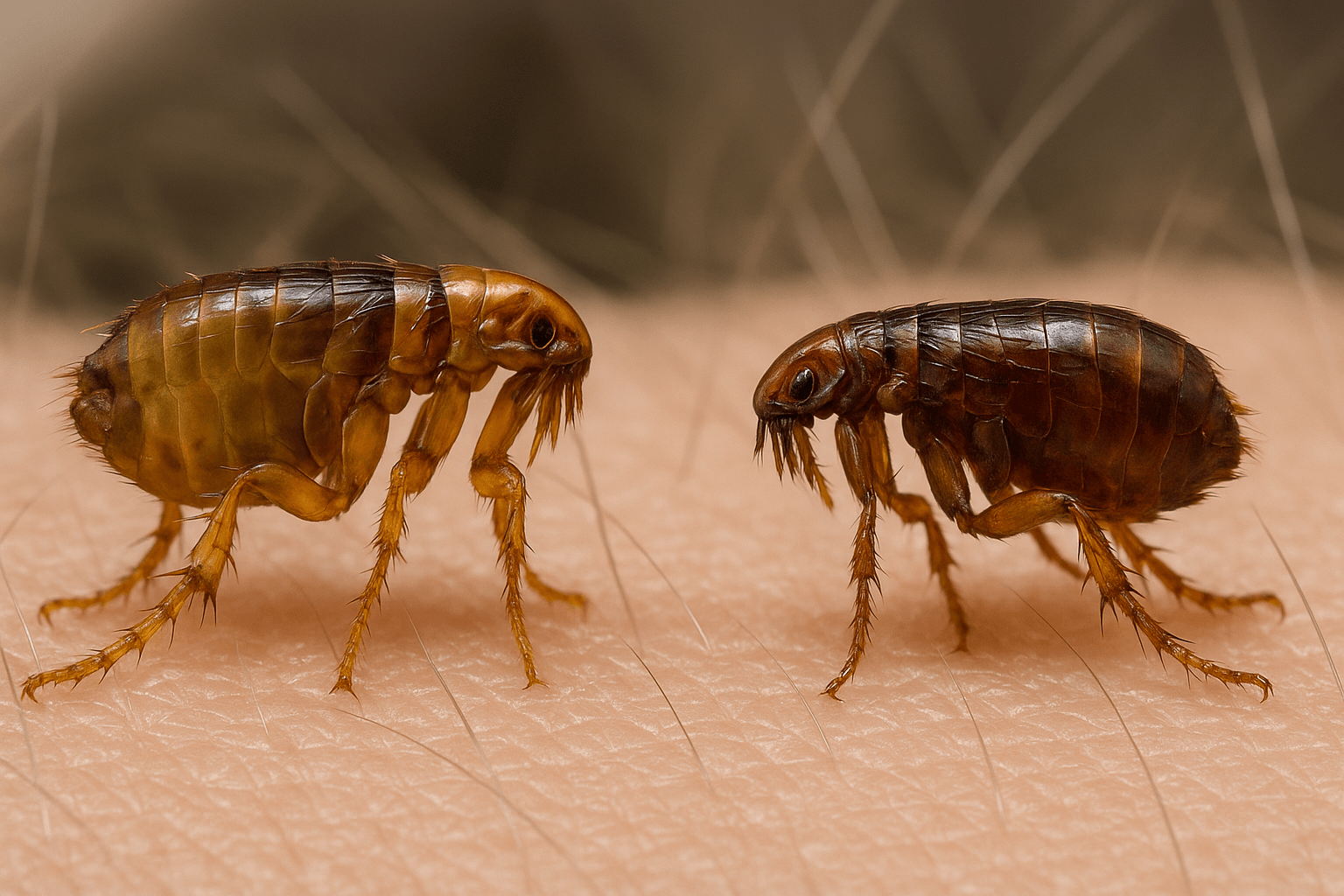Are Ferns Toxic to Dogs? A Guide for Pet Owners
Ferns are a popular choice for indoor and outdoor gardens due to their lush, green foliage and low-maintenance nature. However, if you’re a dog owner, you may wonder whether these plants pose any risks to your furry friend. While many ferns are safe for dogs, some varieties can be toxic if ingested, causing mild to severe health issues. Understanding which ferns are safe and which ones to avoid is essential for creating a pet-friendly environment. In this guide, we’ll explore the potential dangers of ferns, how to identify toxic varieties, and what to do if your dog comes into contact with them. By staying informed, you can ensure your home remains a safe haven for your four-legged companion.
Common Fern Varieties and Their Safety Levels
Not all ferns are created equal when it comes to safety for dogs. Some are perfectly harmless, while others can cause adverse reactions if chewed or ingested. Here’s a breakdown of common fern varieties and their toxicity levels:
Boston Fern (Nephrolepis exaltata) : Non-toxic and safe for dogs, making it a popular choice for pet-friendly homes.
Asparagus Fern (Asparagus densiflorus) : Despite its name, this plant is not a true fern and contains sapogenins, which can irritate your dog’s skin and digestive system.
Maidenhair Fern (Adiantum spp.) : Generally considered non-toxic, but ingestion in large amounts may still cause mild stomach upset.
Bird’s Nest Fern (Asplenium nidus) : Safe for dogs and adds a tropical touch to your decor without posing risks.
Australian Tree Fern (Sphaeropteris cooperi) : Non-toxic but should be monitored, as excessive chewing on any plant can lead to gastrointestinal discomfort.
Knowing which ferns are safe helps you make informed decisions about your home’s greenery while keeping your dog out of harm’s way.
Signs Your Dog May Have Ingested a Toxic Fern
If your dog has nibbled on a toxic fern, they may exhibit symptoms ranging from mild irritation to more serious health concerns. Here are signs to watch for:
Vomiting or Diarrhea : Common reactions to ingesting toxic plants, often accompanied by drooling or nausea.
Oral Irritation : Redness, swelling, or sores around the mouth indicate contact with irritating plant sap.
Skin Rash or Itching : If your dog brushed against a toxic fern, they might develop a rash or begin scratching excessively.
Lethargy or Weakness : Severe poisoning can lead to fatigue or difficulty moving, signaling a need for immediate care.
Loss of Appetite : Refusal to eat or drink may suggest internal discomfort caused by plant ingestion.
If you notice any of these symptoms after suspected exposure to a toxic fern, contact your veterinarian promptly for guidance.
Check this guide 👉Is Salvia Toxic to Dogs? Best 7 Health Tips!
Check this guide 👉Is Dog Pee Toxic? Best 7 Health Tips!
Check this guide 👉How Many Raisins Are Toxic to Dogs? Best 7 Health Tips!

Safe Ferns for Dogs | Toxic Ferns for Dogs |
|---|---|
Boston Fern | Asparagus Fern |
Maidenhair Fern | Sprengeri Fern (toxic berries) |
Bird’s Nest Fern | Australian Tree Fern (in rare cases) |
Rabbit’s Foot Fern | Foxtail Fern |
Staghorn Fern | Plumosa Fern |
How to Prevent Your Dog from Eating Ferns
Preventing your dog from accessing or chewing on ferns is key to avoiding accidental ingestion. Here are practical tips to keep your dog safe:
Place Ferns Out of Reach : Position potted ferns on high shelves or hanging planters where your dog can’t access them.
Use Barriers : Place decorative fencing or barriers around outdoor ferns to block curious pets.
Train the “Leave It” Command : Teach your dog basic obedience commands to discourage them from investigating plants.
Provide Chew Alternatives : Offer safe toys or treats to redirect your dog’s attention away from plants.
Supervise Playtime : Keep an eye on your dog during play or exploration to prevent unwanted snacking on greenery.
Taking these precautions minimizes the risk of accidental ingestion and ensures your dog stays safe around household plants.
What to Do If Your Dog Eats a Toxic Fern
If you suspect your dog has eaten part of a toxic fern, acting quickly can make a significant difference in their recovery. Follow these steps to address the situation:
Assess the Situation : Identify the type of fern involved and estimate how much was ingested to provide accurate information to your vet.
Remove Plant Material : Gently remove any remaining plant pieces from your dog’s mouth or coat to prevent further exposure.
Call Your Veterinarian : Seek professional advice immediately, even if symptoms seem mild at first.
Do Not Induce Vomiting : Avoid making your dog vomit unless instructed by a veterinarian, as this could worsen certain conditions.
Monitor Symptoms Closely : Keep a close eye on your dog for changes in behavior or worsening symptoms while waiting for veterinary care.
Prompt action and professional guidance are crucial for ensuring your dog recovers fully from exposure to a toxic fern.
Enhancing Your Space Safely with Dog-Friendly Ferns
Non-toxic ferns are an excellent way to bring natural beauty into your home without compromising your dog’s safety. These plants not only improve air quality but also add a touch of elegance to your decor. Here are some benefits of incorporating dog-friendly ferns into your living space:
Improved Air Quality : Ferns like the Boston Fern naturally filter toxins from the air, creating a healthier environment for you and your pet.
Low Maintenance : Many non-toxic ferns require minimal care, making them ideal for busy pet owners.
Aesthetic Appeal : Their lush, green foliage adds a calming and vibrant touch to any room.
Safe Exploration : With non-toxic plants, you can let your dog explore freely without worrying about accidental poisoning.
Versatile Placement : Non-toxic ferns can be used in hanging baskets, on shelves, or as part of a decorative arrangement.
By choosing safe ferns, you can enjoy the beauty of nature while ensuring your dog’s well-being remains a priority.
Preventing Accidents by Avoiding These Pitfalls
Even with good intentions, pet owners can sometimes make mistakes when introducing ferns into their homes. Being aware of these common errors can help you avoid potential hazards.
Assuming All Ferns Are Safe : Not all ferns are non-toxic, so always verify the species before bringing one home.
Placing Plants Within Reach : Leaving ferns on low tables or floors makes them easily accessible to curious dogs.
Ignoring Behavioral Cues : If your dog shows interest in chewing plants, take proactive steps to redirect their behavior.
Using Toxic Pesticides : Applying harmful chemicals to your ferns can make even safe varieties dangerous for pets.
Neglecting Regular Monitoring : Failing to check for signs of chewing or plant damage can lead to unnoticed ingestion.
By steering clear of these mistakes, you can maintain a harmonious balance between your love for plants and your commitment to your dog’s safety.
Exploring Safe Plant Options Beyond Ferns
If you’re concerned about the risks associated with ferns, there are plenty of other pet-safe plants that can brighten your home without posing a threat to your dog. Here are some excellent alternatives:
Spider Plant (Chlorophytum comosum) : A hardy, non-toxic plant that thrives indoors and is safe for pets.
Areca Palm (Dypsis lutescens) : Adds a tropical vibe to your space and is completely harmless to dogs.
Calathea (Calathea spp.) : Known for its striking patterns, this plant is both beautiful and pet-friendly.
Peperomia (Peperomia spp.) : Comes in various shapes and sizes, offering a diverse range of options for pet owners.
Parlor Palm (Chamaedorea elegans) : A compact, easy-to-care-for plant that fits well in any pet-friendly home.
These alternatives provide a safe and stylish way to incorporate greenery into your home, ensuring peace of mind for you and your furry friend.
Frequently Asked Questions About Ferns and Dogs
Are all ferns safe for dogs?
No, while many ferns are non-toxic, some varieties like the Asparagus Fern can cause irritation or toxicity.
Can my dog get sick from eating a small amount of a toxic fern?
Yes, even small amounts can lead to mild symptoms like vomiting or diarrhea, depending on the fern variety.
How can I tell if my fern is safe for dogs?
Research the specific species of fern and consult resources or veterinarians to confirm its safety.
What should I do if my dog chews on a fern but shows no symptoms?
Monitor your dog closely for 24-48 hours and contact your vet for advice to rule out delayed reactions.
Can outdoor ferns be more dangerous than indoor ones?
Outdoor ferns may pose additional risks due to exposure to pesticides or other environmental toxins, so always supervise your dog.
Create a Pet-Safe Environment with Confidence
Understanding whether ferns are toxic to dogs empowers you to make thoughtful choices about your home’s greenery. By selecting non-toxic varieties, taking preventive measures, and knowing how to respond in case of accidental ingestion, you can enjoy the beauty of plants while keeping your dog safe. Remember, a little research and vigilance go a long way in ensuring your furry friend stays happy and healthy. With these insights, you can confidently decorate your space and create a harmonious environment for both you and your pet.
Canned Pumpkin for Cat Diarrhea: Best 7 Expert Tips! Natural remedy to firm stools, soothe upset bellies, and support gut health safely.
Can a Cat Give You Scabies? Best 7 Expert Tips! Discover the truth about feline mites, human skin risks, and how to protect yourself—without panic.
Cat Flea vs Human Flea: Best 7 Expert Tips! Discover the truth about bites, species, and how to eliminate infestations for good.
Weird Cat Behaviors: Best 7 Expert Tips! Discover why cats do strange things—and how to understand, not punish, their instincts for a happier home.





